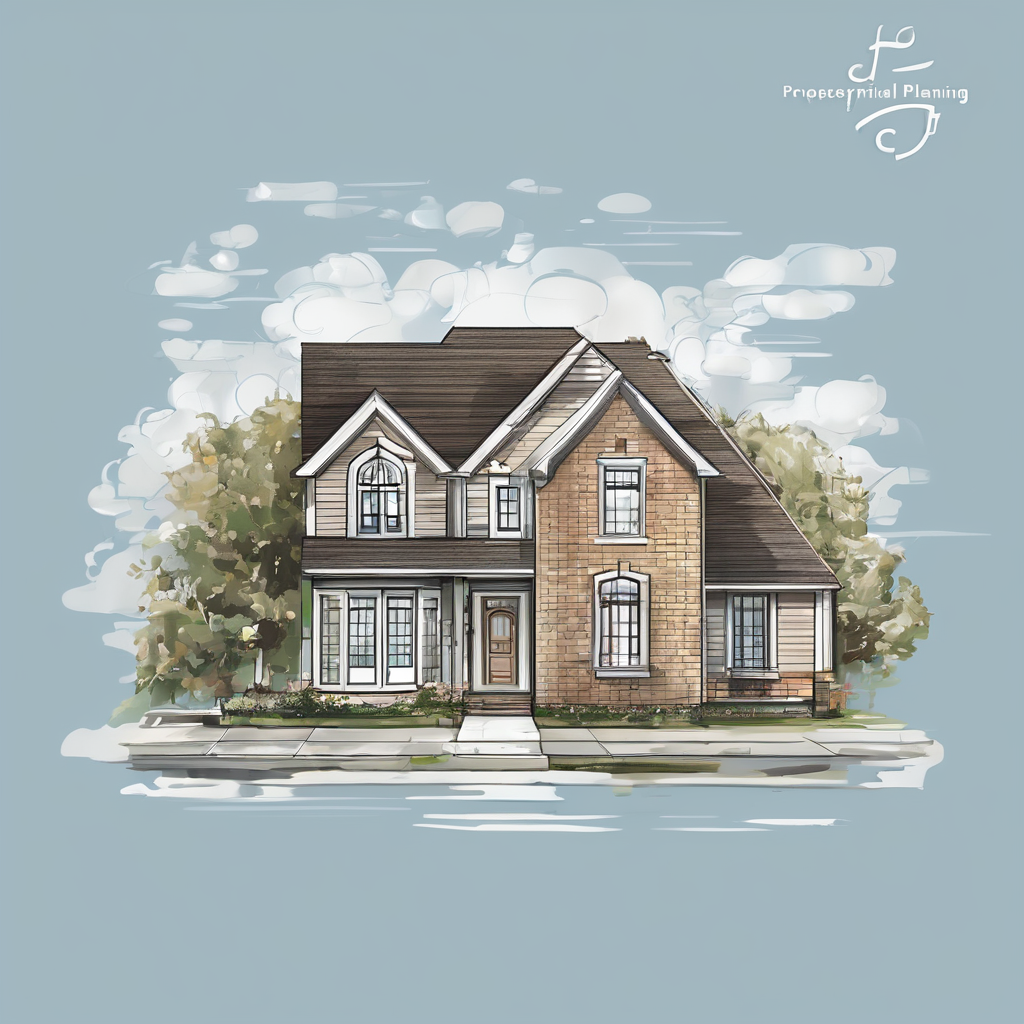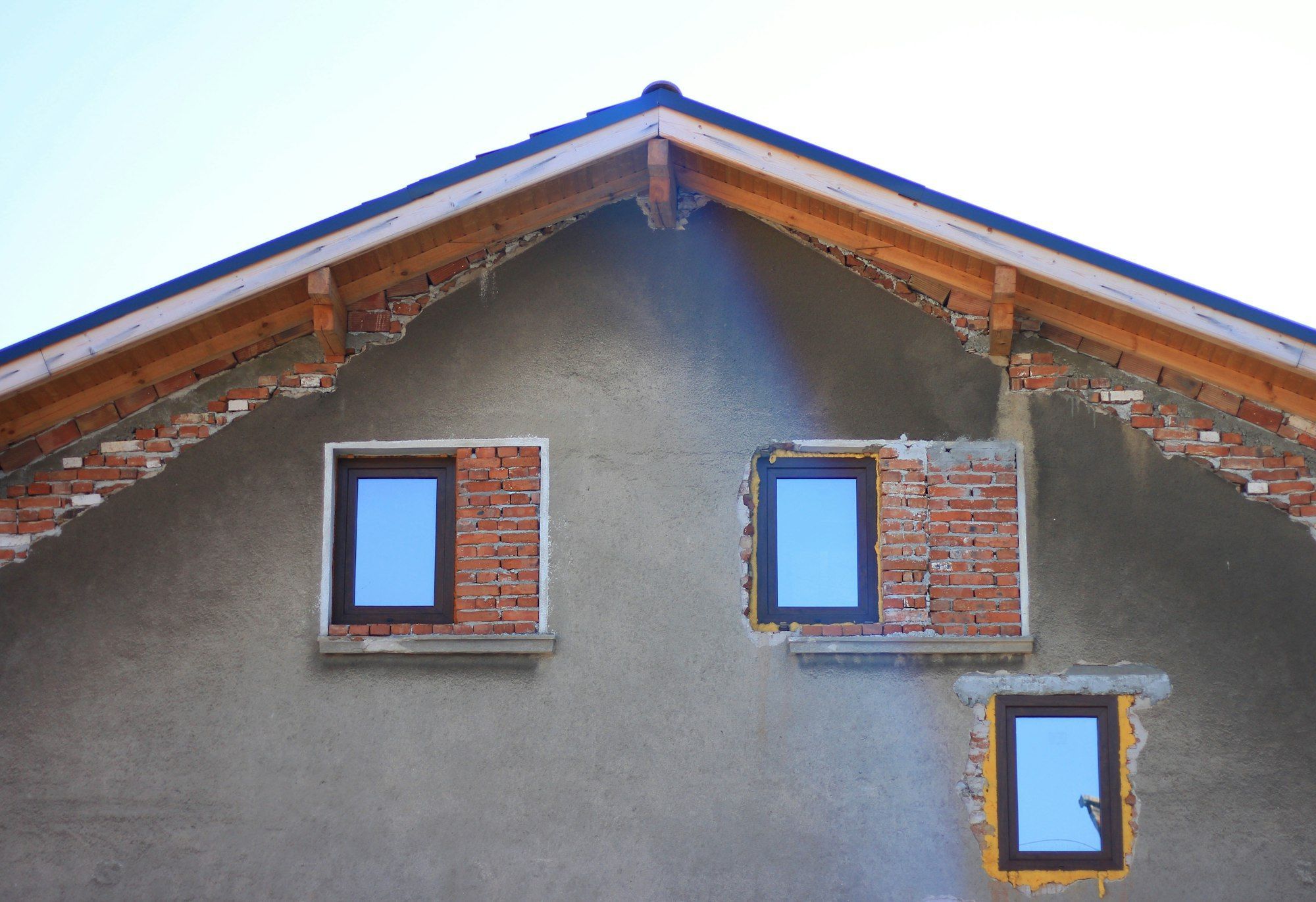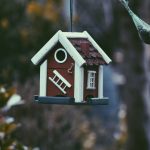In the wake of increasing global concerns about climate change, the need for sustainable living practices is becoming more evident. One such practice is eco-friendly retrofitting, a method of upgrading existing buildings to enhance their energy efficiency and environmental performance. Victorian houses in London, with their unique architectural style and historical significance, provide a fascinating case study for this approach. This article will delve into the specific challenges and benefits of this endeavour.
The Challenges of Retrofitting Victorian Houses
Victorian houses, with their tall ceilings, large windows, and ornate features, present a unique set of challenges when it comes to retrofitting. Their age, construction methods, and materials vary significantly from modern homes, creating technical difficulties and added costs.
A lire en complément : How does the local economic climate in Newcastle influence residential property investments?
Technical Difficulties
The first hurdle in retrofitting Victorian houses in London is the technical difficulties. The construction techniques and materials used in Victorian times differ significantly from those used today. For instance, these properties typically feature solid walls, which pose a challenge when it comes to insulation. Moreover, the size and complexity of these buildings can make it difficult to install modern energy-saving technologies without disrupting the original structure.
Increased Costs
Another challenge is the increased cost associated with retrofitting Victorian houses. The complexity of these structures often necessitates specialist services, which can be expensive. Additionally, the need to maintain the architectural integrity of these homes can also add to the cost. However, these hurdles should not deter homeowners, as there are numerous benefits to be reaped from this process.
Lire également : How can investors benefit from the rise in demand for co-living spaces in London’s tech hubs?
The Benefits of Retrofitting Victorian Houses
Despite the challenges, retrofitting Victorian houses in London presents several significant benefits. These range from enhanced energy efficiency and reduced carbon footprint to increased property value and improved living conditions.
Energy Efficiency and Environmental Impact
The primary benefit of retrofitting Victorian homes is the potential for improved energy efficiency. By introducing modern insulation materials, efficient heating systems, and renewable energy sources, the energy consumption of these houses can be drastically reduced. This not only leads to lower energy bills but also helps to reduce the home’s carbon footprint, contributing to environmental conservation efforts.
Increased Property Value
Another compelling reason to retrofit Victorian houses is the potential increase in property value. Energy-efficient homes often have a higher market value because they offer cost savings in the long term. Additionally, the unique combination of historic charm with modern, eco-friendly features can make these properties particularly appealing to potential buyers.
Improved Living Conditions
Finally, retrofitting can significantly improve the living conditions in Victorian houses. For example, proper insulation can help to maintain a comfortable indoor temperature, reducing the need for excessive heating or cooling. The introduction of renewable energy sources, such as solar panels, can also enhance the reliability of the home’s energy supply.
Making Retrofitting a Reality
While the benefits of retrofitting Victorian houses are clear, how can homeowners make this a reality? Overcoming the challenges associated with this process requires careful planning, the right choice of materials and technologies, and the need for appropriate funding options.
Choosing the Right Materials and Technologies
One of the key things to consider when retrofitting a Victorian house is the choice of materials and technologies. It’s essential to choose options that are compatible with the original structure, to minimise disruption and preserve the home’s architectural integrity. This might include breathable insulation materials for solid walls, or high-efficiency heating systems that can be integrated without significant structural changes.
Sourcing Appropriate Funding
Retrofitting a Victorian house can be costly, especially if the property requires extensive work. However, there are various funding options available to help offset these costs. These might include government grants for energy-efficient renovations, or low-interest loans specifically designed for retrofitting projects.
Encouraging Wider Adoption
The benefits of retrofitting Victorian houses are not limited to individual homeowners. They also have the potential to contribute significantly to environmental conservation efforts on a broader scale. However, encouraging wider adoption requires clear communication of these benefits, as well as support from government and industry.
Communicating the Benefits
One of the primary barriers to retrofitting is a lack of awareness about its benefits. Homeowners need to understand the potential cost savings, improved living conditions, and environmental advantages associated with this approach. This can be achieved through education and marketing initiatives that clearly communicate these benefits.
Government and Industry Support
Government and industry support can also play a critical role in encouraging retrofitting. This might involve financial incentives, such as grants and low-interest loans, as well as regulations that encourage or require more energy-efficient buildings.
In summary, while eco-friendly retrofitting of Victorian houses in London presents certain challenges, the potential benefits make this a worthwhile endeavour. With the right approach and support, it can contribute significantly to energy efficiency and environmental conservation, while preserving the city’s architectural heritage.
Practical Steps to Retrofitting a Victorian House
When it comes to retrofitting a Victorian house, a practical and well-thought-out approach is vital. The process can be broken down into a series of steps, starting with an energy audit and followed by the implementation of retrofitting measures, and finally, ongoing maintenance and monitoring.
Initial Energy Audit
The first step in the retrofitting process is conducting an energy audit. This comprehensive assessment identifies the areas in the house where energy losses are occurring. It is a crucial stage as it provides a clear picture of the energy performance of the house, and helps in prioritising the retrofitting measures that will give the best return on investment. During the audit, considerations such as insulation, heating systems, windows, and draught-proofing are examined.
Implementation of Retrofitting Measures
Once the energy audit is complete, the next step is to implement the suggested retrofitting measures. It is advisable to start with the measures that offer the highest energy savings first. These often involve upgrading the insulation and heating systems and might require specialist contractors due to the unique nature of Victorian houses. It is crucial to remember to respect the house’s architectural integrity during the retrofitting process.
Ongoing Maintenance and Monitoring
After the retrofitting measures have been implemented, ongoing maintenance and monitoring are crucial to ensure the house continues to run efficiently. This might involve regular checks of the heating systems and insulation, as well as the use of energy-monitoring devices to track the house’s energy performance. Regular maintenance can prevent potential issues from becoming costly problems and ensures the house continues to operate at optimum energy efficiency.
Conclusion: Balancing History with Sustainability
Retrofitting Victorian houses in London is not without its challenges, from technical difficulties to increased costs. However, the benefits, including enhanced energy efficiency, reduced carbon footprint, increased property value, and improved living conditions, far outweigh these challenges.
To make retrofitting a reality, homeowners need to carefully plan the process and choose suitable materials and technologies. They also need to consider appropriate funding options. Wider adoption of retrofitting can be encouraged through clear communication of its benefits and support from the government and industry.
Ultimately, retrofitting is a balancing act. It involves respecting and preserving the architectural and historical significance of Victorian houses while incorporating modern, eco-friendly features to create homes that are comfortable, energy-efficient, and kind to the environment. It is a testament to the fact that history and sustainability can indeed coexist in harmony. With the right approach and support, retrofitting can make a significant contribution to energy efficiency and environmental conservation, while preserving London’s architectural heritage.






